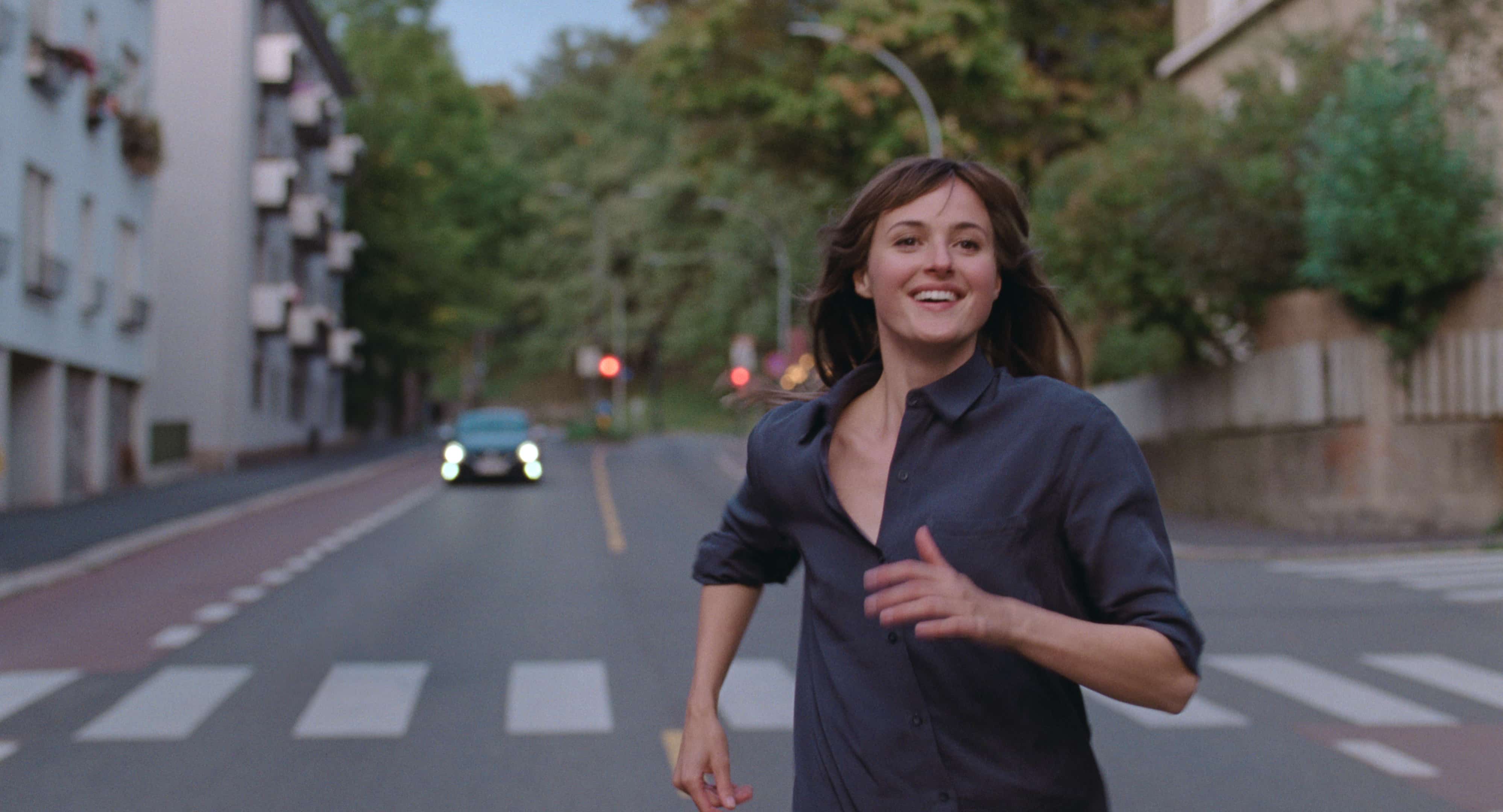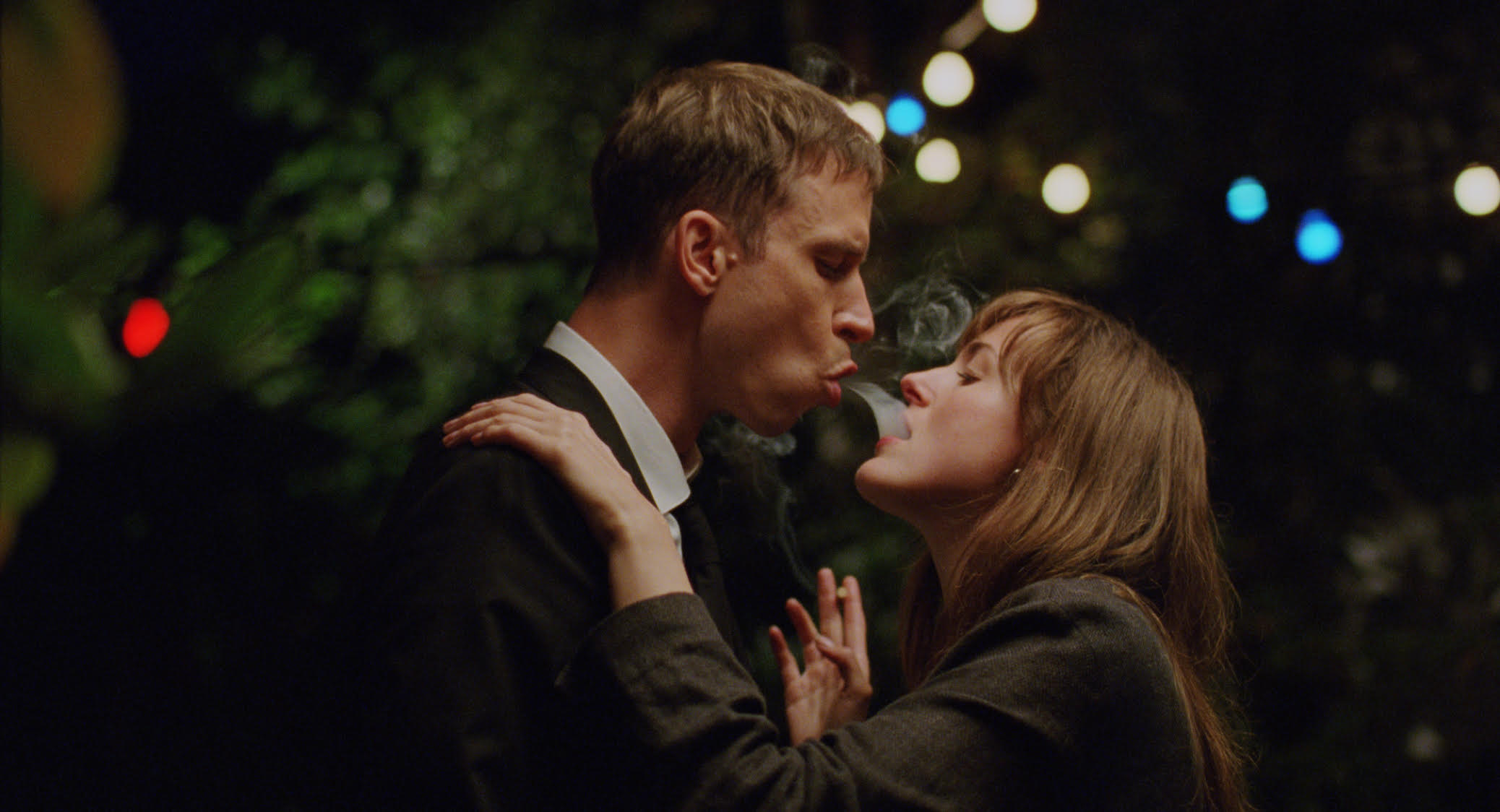
The Worst Person in the World Defies Expectations and Tenderly Explores Modern Adulthood
the title encapsulates the nagging feeling that you are doing too little for yourself, others, and the world.
By Natalie Duerr
10.20.2021
Hot off its debut at Cannes Film Festival and Toronto International Film Festival, The Worst Person in the World made its American premiere at New York Film Festival on September 28th. Dennis Lim, Director of Programming at Film at Lincoln Center, set the bar high when he described the film as an impeccable character study. It did not disappoint.
The Worst Person in the World, much like its main character, is chaotic and unpredictable. It trades in “romantic comedy” conventions to pursue a unique style. The result is a scrapbook of genres that swirls time, memory, and feelings into a profoundly empathetic narrative. Director Joachim Trier crafts an homage to the parts of ourselves that feel adrift with our expectation of life and the sinking reality of it.
The Worst Person in the World chronicles several years in the life of Julie (Renate Reinsve) through twelve chapters, a prologue, and an epilogue. The prologue lays out Julie as someone who meandered through her college years, switching up majors (medicine, psychology, photography) and relationships (a man with gold teeth, a professor, a graphic novelist) whenever they bored her or became too real.
Through Trier’s lens, this unrest comes off not as laziness but as hope to find a calling. He explores the ambivalence that feeling like the world is your oyster can create. Even when others believe in Julie, doubt plagues her, leaving her in stasis. She futilely compares herself to her ancestors, though they didn’t live in a world where you could know every happening at every second across the globe. Trier creates a story that resonates with the weight of vast knowledge and the high expectations that young adults face today.
While I’m usually the first to complain about men writing women, Trier balanced specificity and ubiquity to create Julie. She isn’t a mash-up of overdone tropes and cliches—she’s in charge of fumbling her way through life. Perhaps it is because Trier didn’t think he was making the film “sexy” or destroying the patriarchy (sorry William Horberg, Queen’s Gambit did neither), but he approaches Julie with a particular sensitivity that makes him successful.
Reinsve’s performance only heightens Trier’s considered script, bringing sympathy to a character who the audience watches make questionable decisions throughout the film. Reinsve wears Julie’s heart on her sleeve, guiding the audience to understand her resolution. Her ability to carry Julie compassionately throughout the film won her the Best Actress Award at this year’s Cannes Film Festival.
Even with this sense of reality, The Worst Person in the World still brings a dash of movie magic to the screen. As Julie falls in love with a new man, the world pauses at the flick of a switch. She brings the song “I Melt with You” to life, running through the streets of Oslo as the rest of the city is frozen. Her bangs sweep across her face as she searches for Eivind (Herbert Nordrum). He, too, is unfrozen, and they are finally unchained from the bounds and consequences of everyday life. In these moments of hyperbole, Trier distills the feelings of new love into one sequence.
Fear not, a character that ends up feeling extremely relatable isn’t deemed “the worst person in the world.” Instead, the title encapsulates the nagging feeling that you are doing too little for yourself, others, and the world around you. It’s a reminder that we’re all cards in fate’s hand, a part of a game we don’t understand. While Julie can trade in hobbies and relationships when she feels they no longer suit her, she realizes her life is the one thing she must see through to the end. This natural growth allows her to branch off from indecisiveness and bloom into inner peace in the film’s final moments.

